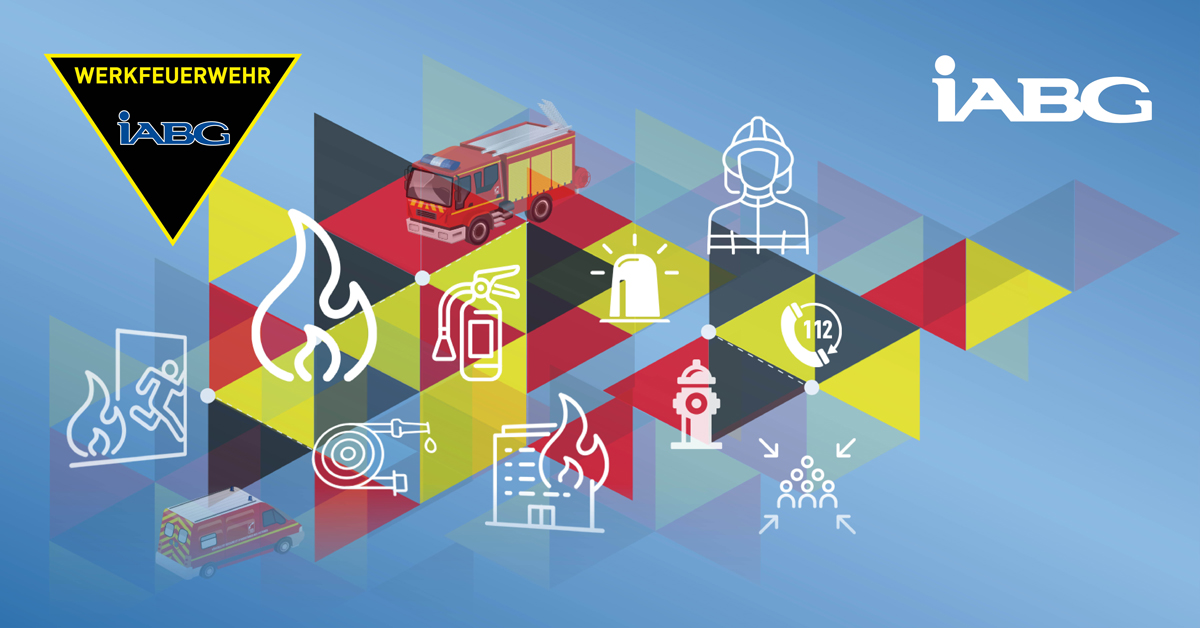There are eight spoilers on the top of each wing of an A380 aircraft. Following landing, these are extended by means of hydraulic cylinders in order to help achieve the drastic reduction in speed necessary: just before landing, an A380 weighs up to approximately 380 tons and its landing speed is up to approximately 280 km/h. The function of the extended spoilers is twofold: firstly, they reduce lift while allowing enhanced wheel grip, as in Formula 1 vehicles, and secondly, they increase aerodynamic drag, thereby taking on a considerable portion of the overall required braking effect. Moreover, the spoilers can also be used for specific operations during flight, such as supporting the control flaps while carrying out flying manoeuvres, or causing a rapid drop in speed or altitude.
IABG has been testing two of these components at its test facility in Ottobrunn since August last year. The tests are being carried out by order of the Finnish spoiler manufacturer Patria Aerostructures Oy. The engineers have prepared two special test benches for the tests, each consisting of a test rig, either nine or seven hydraulic cylinders, and four devices known as “whiffle trees”, which simulate the distribution of aerodynamic forces. Completing the test bench are two control systems and a measuring system. These control the forces generated by the hydraulic cylinders and the restrained system of the spoilers as well as recording strains, displacements and temperatures of the test samples.
IABG will be carrying out static and dynamic tests on the spoilers (full-scale tests) until the middle of next year. The <link internal-link internen link im aktuellen>static tests initially only involve simulating the limit load that could conceivably be reached during flight. Then, the load is increased to one and a half times this limit, or ultimate load. The spoilers must also be capable of bearing this load. Only then, and when all other tests have been successfully completed, is the static test continued up to rupture.
The <link internal-link internen link im aktuellen>dynamic tests involve testing whether the spoilers can undergo 19,000 simulated flights without showing signs of fatigue. This represents the intended service life of the A380. For this purpose, the components are loaded with every conceivable force that could cause damage over this time. Erring on the side of caution, IABG simulates loads not only over an individual aircraft service life, but also over a double aircraft service life for one of the spoilers, and 3.6 times a service life for the other. Furthermore, the components are weakened by artificial aging and artificial defects. The fatigue tests are interrupted at regular intervals in order to inspect the test samples for possible fatigue damage.
Although the tests are to run until the middle of next year, the Airbus A380 will be able to take off on its first flight, as planned. This is because the interim findings of the test series have shown that the spoilers may be used for the flight tests, and thus for the first flight too.
Airbus commissioned the Finnish company <link http: www.patria.fi en index.html external-link-new-window externen link in neuem>Patria Aerostructures Oy to develop and manufacture all 16 spoilers for the A380. Patria Aerostructures Oy, in turn, commissioned IABG to test the spoilers. The Ottobrun-based technology provider has decades of experience in testing both individual components of air- and spacecraft, as well as complete aircraft. IABG is currently preparing a fatigue test in Dresden, in which the entire A380 aircraft will be tested in an enormous hangar.
- Business Fields
-
Automotive
- Automotive
-
-
Testing and fatigue strength
- Testing and fatigue strength
- Complete vehicles
- Vehicle bodies
- Chassis
- Engine & Powertrain
- Interiors
- Safeguarding mechatronic systems
- Advice on Test Programmes and Test Signals
- Prüfstandsbau
- Development Services
- Climatic Environmental Simulation
- Materials Testing and Failure Analysis
- Publications
-
Testing and fatigue strength
-
InfoCom
- InfoCom
-
- Shaping digitization securely
-
Cyber security
- Cyber security
- ISMS and risk analysis
- Technical IT security
- Cyber Defence
- BOS Digital Radio Network
- Industry 4.0 / Internet of Things
- Control and situation centres
- Satellite navigation - Satellite communication
- Safe City
- IT Public procurement management
- Government Agency Networks
-
Mobility • Energy
- Mobility • Energy
-
- Rail & track
- Sicheres Autonomes Fahren
- Testing and qualifying hydrogen technologies
- Construction of burst chambers
- Nuclear technology
-
Safeguarding of artificial intelligence (AI)
- Safeguarding of artificial intelligence (AI)
- The new DIN SPEC 92005
-
Engineering and Support of wind energy plants
- Engineering and Support of wind energy plants
- Technical computations and system simulation
-
Testing & qualification of wind energy plants
- Testing & qualification of wind energy plants
- Test stand construction and testing
- Testing and Fatigue Strength
- Materials Testing and Failure Analysis
-
Mobility services
- Mobility services
- Inductive energy transmission
- Environment & geodata service
-
Aeronautics
- Aeronautics
-
- Experimental testing
- Development of functional and system test benches
- Structural monitoring, inspection and analysis
- Functional Safety and Operational Safety
-
Provision of the test infrastructure
- Provision of the test infrastructure
- Our test halls and test sites
- Functional test benches
- References
- Publications
-
Space
- Space
-
- Mechanical Tests
- Space Simulation tests
-
Electromagnetic Tests
- Electromagnetic Tests
- Electromagnetic compatibility (EMC)
- Magnetic field measurement / Magnetic field simulation
- Infrastructure
- Engineering support
-
Management consulting
- Management consulting
- Programme Support
- Consulting on the implementation of management systems
- Project references
-
Defence & Security
- Defence & Security
-
- Domains
-
Services & solutions
- Services & solutions
- Capability Management
- Procurement support
- Services, operation & training
- Smart Tools
-
Expertise
- Expertise
- Integrated Logistics
- Life Cycle Cost Management
- IT-Security
- Survivability
- Vulnerability & effect on target
- Human factors & ergonomics
- Safety
- Systemic Analysis
- Security Policy
- Architecture & Process modelling
- Modelling & Simulation
- Intelligence, Surveillance & Reconnaissance (ISR)
- Systemt engineering AIR
- System engineering SPACE
- System engineering MARITIME
- Armament
- Sensor systems
- C4I systems
- Protection, Impact- and High Risk Testing
- Technology Roadmapping
- Innovation


